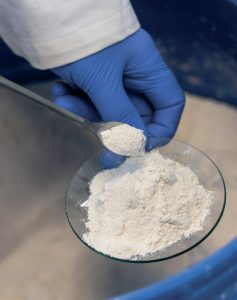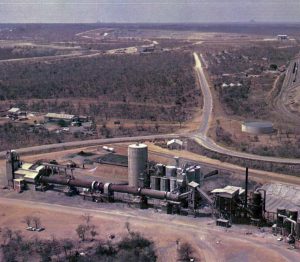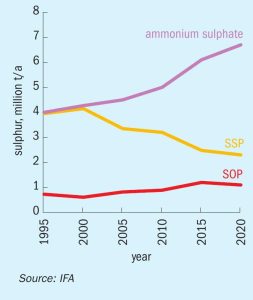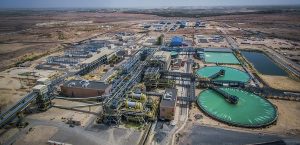
Phosphorus recovery and the future of fertilizers
Reclaiming phosphorus from sewage sludge ash holds great potential for the fertilizer industry – by helping to reduce dependency on global supply chains, ensuring resilience and even raising quality. But successful phosphorus recovery largely depends on the process used, as EasyMining’s Anna Lundbom, Sara Stiernström and Christian Kabbe explain.









